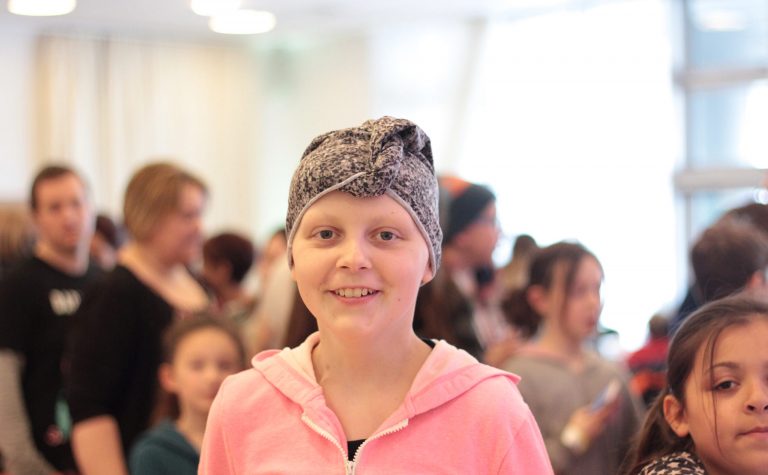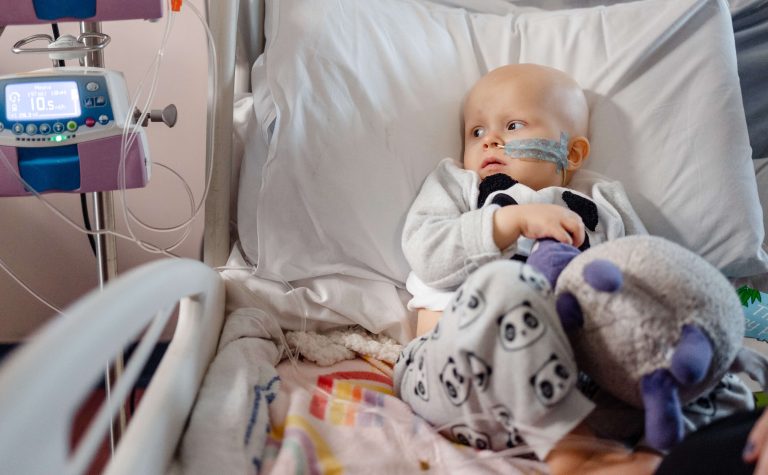It is important to know how much leukaemia is still present in a child’s blood and bone marrow at remission because this helps to predict how likely it is that the child will relapse. Until recently doctors did not have an accurate method for measuring MRD. But many years of research have culminated in the development of a breakthrough molecular technique for measuring MRD. Use of this new MRD test formed the basis of the most recent national clinical trial for childhood ALL – UK ALL 2003. Doctors used the test to assess relapse risk in more than 2,500 children undergoing treatment for ALL. This enabled them to tailor each child’s treatment to their individual needs. The aim was not only to improve the chance of cure in high-risk children but to reduce toxicity in low-risk children by not giving them more treatment than they needed. As Dr Nick Goulden, Consultant Paediatric Haematologist at Great Ormond Street Hospital, explains: “When you’re treating children, the most important thing is to do as little harm as possible. Chemotherapy does have side effects – both in the short-term and in the long-term. Anything that allows us to get the same cure rates but reduce toxicity has to be a good thing.”



